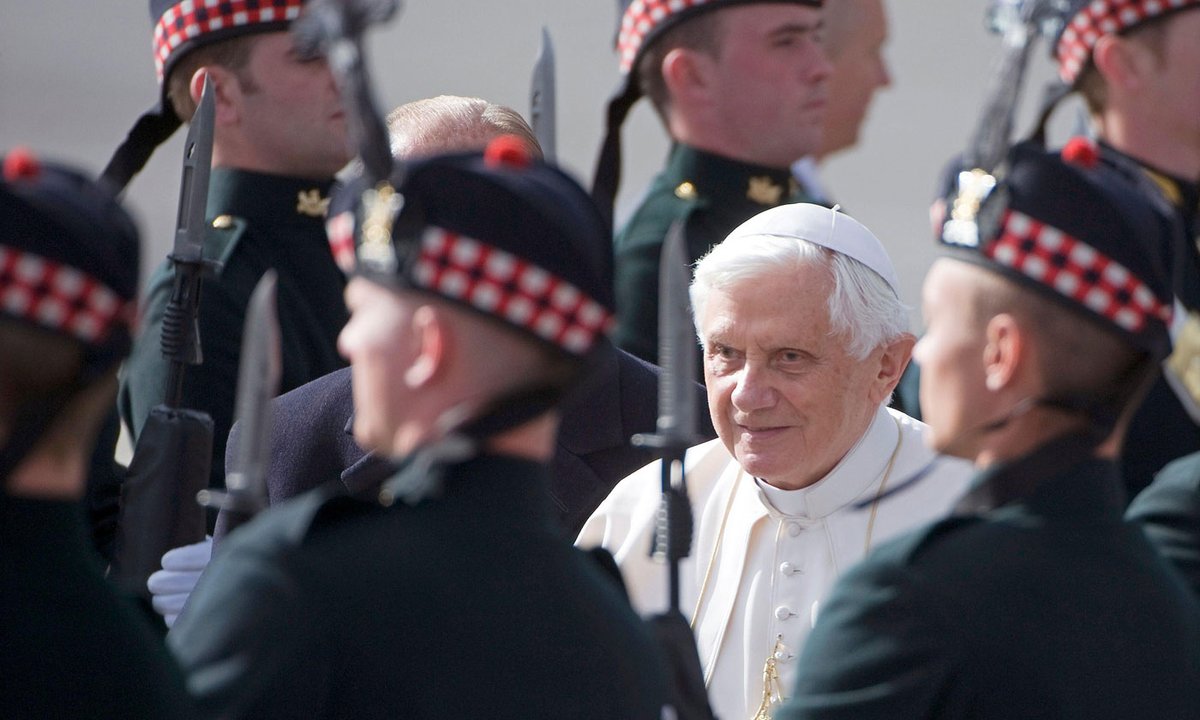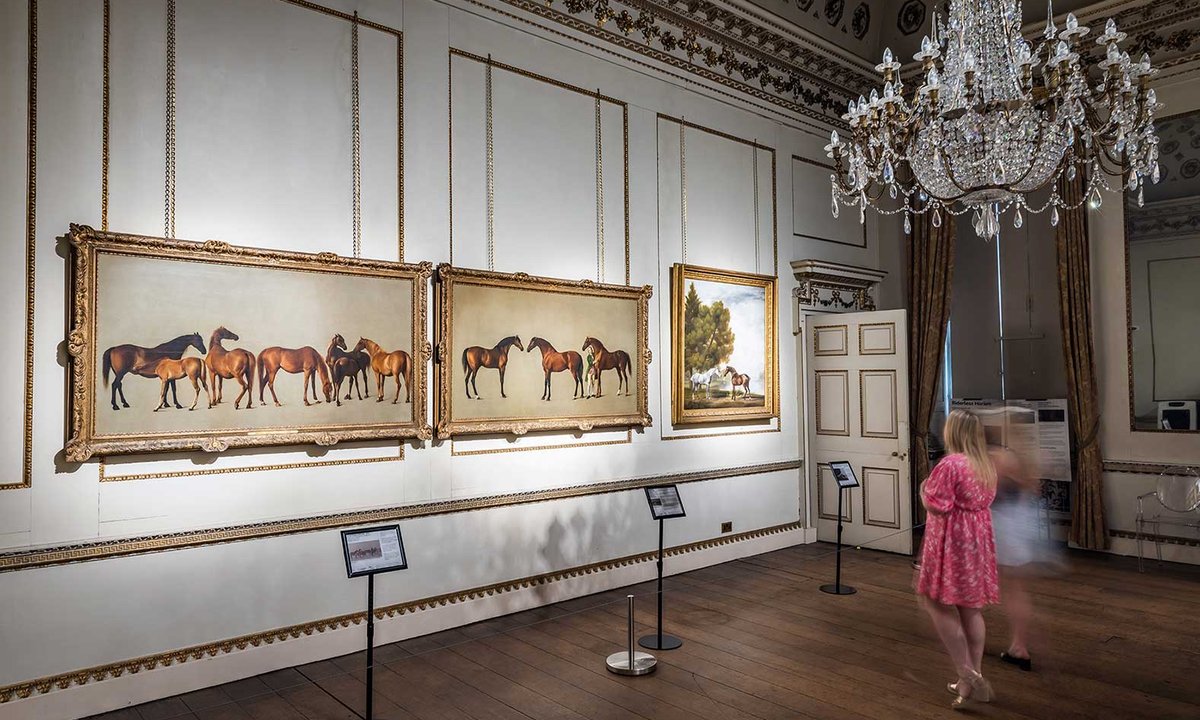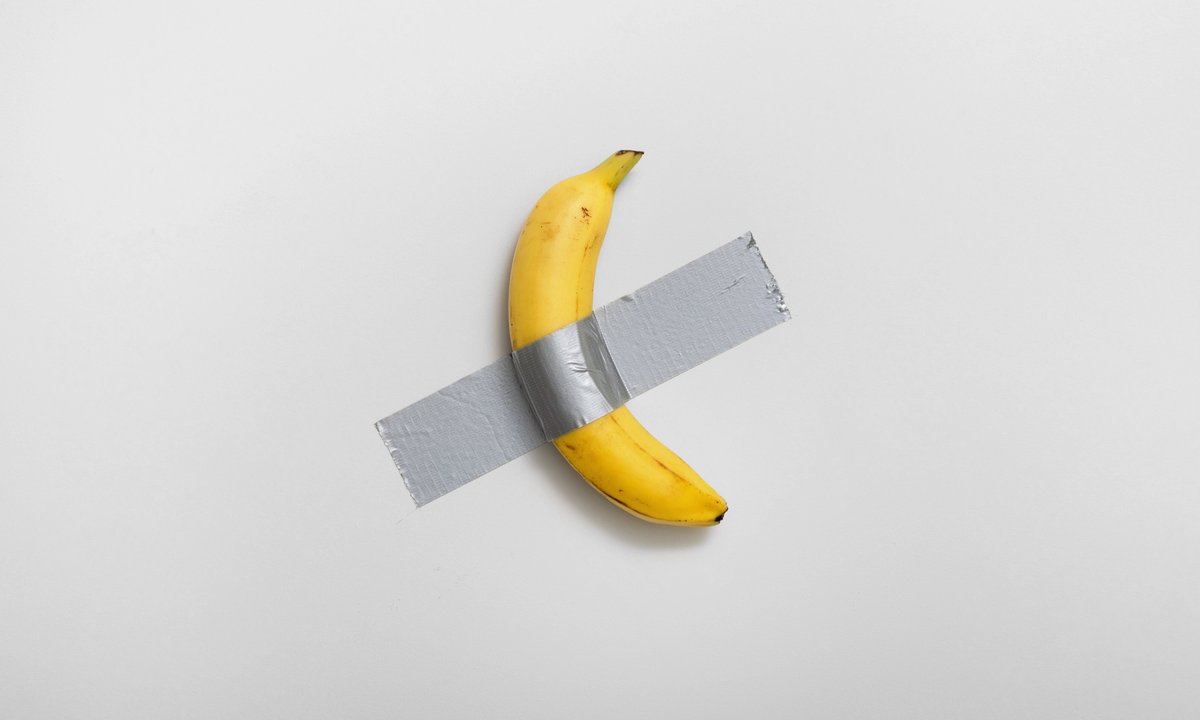Pope Benedict XVI, leader of the Catholic church, head of the Vatican City state, and proprietor in trust of its library and art collection, from 2005 to 2013, has died aged 95.
The most dramatic moment of Benedict’s eight-year papacy was his surprise decision in February 2013 to resign, at the age of 85, citing mental and physical exhaustion. His resignation, the first by a Pope in nearly six centuries, followed years in which the Catholic church had been riven by press leaks and internal back-biting and by the scandal of the ever-growing revelations of a global mishandling and concealment of the sexual abuse of minors by clergy.
For the last nine years of his life—in which he had been, and remained, a much-mythologised spiritual leader and writer on theology, and a figure who polarised, sometimes in surprising ways, the liberal-conservative divide of the Catholic church—Benedict lived in retirement, as Pope emeritus, in a Vatican monastery a stone’s throw from St Peter’s Basilica.
Custodian of the Vatican’s patrimony
As pope, Benedict XVI was head of one of the historic revealed religions, followed by one-eighth of the world’s population, and had overall charge not just of the Vatican Museums and Library, with their holdings covering two millennia of Christianity and more—in which he took a close personal interest—but also the remainder of the built patrimony of the tiny Vatican City state at the heart of Rome.
As well as St Peter’s, the grandest of all Renaissance edifices and a building of unique religious and architectural importance, that patrimony includes the Sistine Chapel and its fabled ensemble of late 15th- and early 16th-century frescoes; the Raphael “Stanze” apartments in the Apostolic Palace of the Vatican; and the Niccoline Chapel adorned with frescoes by Fra Angelico.
He was also, as master of the Catholic church’s liturgy, a profound influence on the use of Catholic churches around the world, the largest such ensemble of religious buildings. His most pointed liturgical change came in 2007 when he relaxed 40-year-old restrictions on the Tridentine Latin Mass beloved of Conservative Catholics—a relaxation that was largely reversed by his successor Pope Francis earlier this year.
The corpus of Catholic churches is of mixed architectural value, but it includes many buildings old and new of the first importance including, besides the great medieval and baroque cathedrals of Western Europe, Antoni Gaudi’s Sagrada Familia, in Barcelona, one of the world’s most recognisable buildings and a church whose consecration Benedict oversaw in 2010, 128 years after the beginning of building work.
A close involvement with the Vatican collection
Curatorial staff unveil The Healing of the Lame Man, one of the four Raphael tapestries lent to the Victoria and Albert Museum, in London, by the Vatican Museums in September 2010 to mark Pope Benedict XVI’s official visit to the United Kingdom. The tapestries were hung for the first time in nearly 500 years with Raphael’s full-size cartoons, which were acquired by the British Royal Collection in the 1620s and deposited at the museum by Queen Victoria in 1865 Andrew Winning / REUTERS / Alamy Stock Photo
During Benedict’s papacy, the Vatican Museums made some imaginative loans from their collections, not least when four of the massive Raphael tapestries of the lives of St Peter and St Paul, originally made for the Sistine chapel but now hung in the Pinacoteca museum in the Vatican, were lent to the Victoria and Albert Museum (V&A), in London, to mark the Pope’s official visit to the United Kingdom in September 2010. At the V&A, the tapestries were hung at right angles to Raphael’s surviving full-scale cartoons for the tapestries. The cartoons had never been returned to Rome following the weaving of the tapestries in Brussels between 1517 and 1521, but had surfaced a century later in Genoa when they were acquired for the British Royal Collection and survived the general dispersal of the collection that followed the execution of King Charles I in 1645.
Arnold Nesselrath, former director of the Art History departments of the Vatican Museums, told The Art Newspaper that Benedict was personally involved in the loan of the tapestries to the V&A. “He was absolutely conscious that he needed to rely on culture to convey his spiritual message,” Nesselrath says. And that Benedict was likewise a prime mover in the Vatican’s loan of Raphael’s Madonna did Foligno (1511), to hang next to Raphael’s Sistine Madonna (1512) in the Gemäldegalerie Alte Meister in Dresden, marking Benedict’s official visit to Germany—his home country—in September 2011. Both altarpieces were famous in Raphael’s lifetime, and may at one time have stood next to each other in his studio.
Nesselrath also recalled that Benedict was closely involved in research into the restoration of the Vatican’s Pauline Chapel—home to Michelangelo’s two last frescoes, The Conversion of Saul and The Crucifixion of St Peter (1542-49)—carried out by the Vatican specialists “in an equivalent way to what we read in the sources about Bernini and Alexander VII”, and completed in 2009. On one occasion, Nesselrath recalls, “Benedict spontaneously accepted my invitation to come up on the scaffolding and to touch Michelangelo’s Crucifixion of St Peter“.
An accommodation with contemporary art
At the same time, under the aegis of Antonio Paolucci, appointed head of the Vatican Museums by Benedict, and Gianfranco Ravasi, the Vatican’s Minister of Culture, Benedict sought to make a new accommodation with contemporary art which eventually led to the Vatican having its first pavilion at the Venice Biennale in 2013 and later its first at the Architectural Biennale in 2018.
On 21 November 2009 Benedict held a meeting in the Sistine Chapel with an international group of several hundred artists of many disciplines, including the artists Bill Viola, Anish Kapoor and Jannis Kounellis, the architects Daniel Libeskind and Zaha Hadid, the singer Andrea Bocelli, the novelist and film director Susanna Tamaro, and the composer Arvo Pärt. In it he referred back to the equivalent meeting that Pope Paul VI had held 45 years earlier in which Paul had told the 1964 group: “We need you. We need your collaboration in order to carry out our ministry, which consists, as you know, in preaching and rendering accessible and comprehensible to the minds and hearts of our people the things of the spirit.”
“So it is not by chance,” Benedict said in 2009, “that we come together in this place, esteemed for its architecture and its symbolism, and above all for the frescoes that make it unique, from the masterpieces of Perugino and Botticelli, Ghirlandaio and Cosimo Rosselli, Luca Signorelli and others, to the Genesis scenes and the Last Judgement of Michelangelo Buonarroti, who has given us here one of the most extraordinary creations in the entire history of art.”
Viola denied to the New York Times that the Vatican “was trying to co-opt artists like him into helping improve its image. For centuries, he said, artists have struggled with ‘walking that fine line between creative freedom, between bending the rules; how far can you bend the rules before you break them?'”
Benedict XVI hosts a large group of artists, architects, film-makers and musicians at a meeting in the Sistine Chapel, in the Vatican, on 21 November 2009. “It is not by chance,” he said, standing before Michelangelo’s The Last Judgement, “that we come together in this place, esteemed for its architecture and its symbolism, and above all for the frescoes that make it unique” Abaca Press / Alamy Stock Photo
Paul VI had famously inaugurated contemporary art galleries from around the world for the Vatican museums—Henry Moore and Graham Sutherland gave pieces for the British room. Benedict’s first known commission for the Vatican museums was a 2007 piece from the atheist Italian installation artist Claudio Parmiggiani. It was a two metre-high smoke picture of a man hanging from a cross, and Benedict delivered his first address to the bishops of Italy in autumn 2007 with a huge enlargement of the image behind him. Parmiggiani toldThe Art Newspaper, that Benedict had afterwards said, “I’m very happy to see this work; the Church has always had a close relationship with modern, but not contemporary art … You must tell me one day how you paint with smoke,” but Parmiggiani just smiled.
Three decades in Rome
Benedict was born Joseph Ratzinger in 1927 in a small Bavarian village. He was (automatically) made a member of the Hitler Youth and, when studying as a seminarian enrolled in an anti-aircraft unit, from which he deserted and was captured by US forces and held in a prisoner of war camp until June 1945. (There is no evidence, despite insinuations at the time of his election as Pope, that the young Ratzinger held Nazi sympathies.)
He took a prominent role, as a reformist, in the Second Vatican Council—the historic session of the Catholic church held in Rome in 1962-65 that resolved to modernise the liturgy and the church’s connection with the laity, and to promote the celebration of mass in the vernacular rather than in Latin—and held teaching posts in universities around Germany before being appointed Cardinal Archbishop of Munich in 1977.
In 2005 he was appointed Pope by his fellow cardinals in succession to his long-time ally Karol Wojtyla, Pope John Paul II, whom he had served for 23 years as Prefect of the Congregation for the Doctrine of the Faith (CDF), the department for enforcing theological orthodoxy in the Catholic church. At the time of his election as pope, Benedict was seen as a divisive figure, given his role, for over 20 years, in disciplining “wayward” theologians under John Paul II, and in holding the doctrinal line on the issues—divorce, gay rights, priestly celibacy, women priests, abortion—which affected the wider world.
A subject for artistic satire
As a man who had been seen as John Paul II’s doctrinal “Rottweiler”, Benedict was a clear target for artistic satire as Pope and, in many cases, the subject of a public reaction to that satire from some of the Catholic faithful—especially in Italy.
In September 2007 an exhibition of 150 works focusing on art and homosexuality in Milan was cancelled after a public outcry over a sculpture of Benedict shown semi-nude and wearing pantyhose. “Miss Kitty, a sculpture of that description resembling the Supreme Pontiff, by the Milanese artist Paolo Schmidlin, so offended the mayor of Milan, Letizia Moratti,” The Art Newspaper reported, “that she demanded its removal along with several other works from the exhibition Vade Retro scheduled to open in July at the Palazzo della Ragione in that city. The show … was then cancelled.”
In September 2008, 10,000 locals signed a petition to have a sculpture of a crucified frog by the late German artist Martin Kippenberger removed from display at the Museum of Modern Art in Bolzano. “The museum’s decision to put the frog on show,” The Art Newspaper reported, “has been seen as deliberately provocative as Pope Benedict XVI is vacationing in the nearby town of Bressanone.”
The mythos of 1968
In the Ratzinger-Benedict mythos, 1968, the year of student événements around Europe, was the moment that the rising young theologian—whose brilliantly expounded Introduction to Christianity was published in the same year—recanted of the reformist zeal he had shown in Rome just years before. In another interpretation the zealous adoption of the measures of the council caused Ratzinger, Wojtyla and like-minded Catholics to fear that their Church was being replaced rather than reformed.
Either way, Ratzinger was profoundly shocked by students at the University of Tübingen, where he had taught since 1966, who chanted “Accursed by Jesus” at him, and by the protests in Paris and across Europe. He had been recruited to Tübingen, and its ecumenical centre, by the Swiss-born theologian Hans Küng, and the events of 1968 started a parting of the ways between the two men. Küng became in time an enormously popular figure—perhaps a Pope who might have been—and a public nemesis to both Ratzinger and John Paul II.
In his time as head of the CDF, Ratzinger, at the bidding of John Paul II, led a concerted move against liberation theology, a strand of Catholic activism which he felt had taken the church’s accepted anti-capitalist “option for the poor” and had given it a Marxist character: one that was unacceptable to a Polish pope who had grown up under Communism and a German prefect who had been alarmed by the Marxist elements of the 1968 protests. A number of distinguished theologians, including Gustavo Gutiérrez and Leonardo Boff, were silenced while Charles Curran a respected US moral theologian, had his teaching licence withdrawn.
Speaking from echo chambers
The battle lines, on matters theological as well as matters pastoral in the Catholic church, had been long drawn by the time of Benedict’s election in 2005, with the opposed sides speaking from echo chambers that in many ways anticipate the years of siloed messaging around Brexit in Britain and the Trump presidency in the US. Yet, Benedict showed himself an active pontiff, despite being in his late 70s at the time of his election and went on a charm offensive, with official visits to countries including Britain, Germany and the United States, designed to show the human side of a man who had been demonised as John Paul II’s enforcer. Many of his actions surprised both sides of the church he governed. The first encyclical from the bookish Benedict was surprisingly on love, not only God’s love for humanity but also on sexual love between married men and women.
To his supporters, Benedict made sincere efforts to reconcile traditionalist Catholics with the changes brought by the Second Vatican Council while also making space for the Latin Mass inside the 21st-century church.
The shadow of the clergy abuse scandal
Benedict’s supporters also pointed out that he had spoken out against the “filth” of clerical sexual abuse of minors in 2005 while still Prefect of the CDF, although this was two years after The Boston Globe had won global attention and won a Pulitzer Prize, in 2003, for its investigations into widespread cases of clerical abuse against minors in the Boston area, reporting that inspired the award-wining film Spotlight (2015). He had also taken action, soon after becoming Pope, against one blatantly culpable figure in the abuse scandal, reopening a case against Marcial Maciel Degollado, founder of the Legionaries of Christ. Maciel Degollado had been accused by former seminarians of molesting them when they were under age, and was stripped of his ministry a year after Benedict became Pope.
Unlike his predecessor, Benedict also apologised for the clerical abuse of minors and met its victims during an official visit to the United States. But cases that were mishandled in his time as Archbishop of Munich in the late 1970s were still an open question earlier this year, when Benedict asked forgiveness for “abuses and errors” under his watch, and said that discrepancies in his testimony to the inquiry into the cases were an honest mistake.
To moderate observers it was hard not to see a painful irony in the fact that both John Paul II and Benedict XVI should have devoted so much publicly expressed energy to protecting the mystery of the priesthood—by enforcing celibacy and theological and political orthodoxy—while allowing great harm to the priesthood’s reputation, and its artistic and ritual mystery, by failing to devote the same energy to removing known abusive priests from posts in which they could do harm to minors in their care.
The challenge of the papacy
In 2022, a year which saw the death of Queen Elizabeth II, after 70 years on the British throne, it was reasonable to consider the near impossible role that a modern monarch holds: required to be a head of state, and a guardian of historic mystique, and to act as an impeccable, tactful envoy, in an age of social media and instant headlines.
So much more so for someone holding the office of Pope, who is also required to be a spiritual leader and to pronounce on controversial subjects in a febrile political and media environment. The career of Josef Ratzinger as Benedict XVI goes to illustrate—coupled with the theological divisions surrounding his ageing successor Francis—that after two millennia of schisms, doctrinal divisions, reformations and counter-reformations, the role of Saint Peter, the first Pope, remains a difficult one to follow in the 21st century.
Josef Alois Ratzinger; born Marktl am Inn, Bavaria 16 April 1927; ordained priest 1951; Cardinal Archbishop of Munich 1977-82; Prefect of the Congregation for the Doctrine of the Faith, The Vatican 1982-2005; Pope Benedict XVI 2005-13, Pope emeritus 2013-22; died Mater Ecclesiae monastery,Vatican City 31 December 2022.







